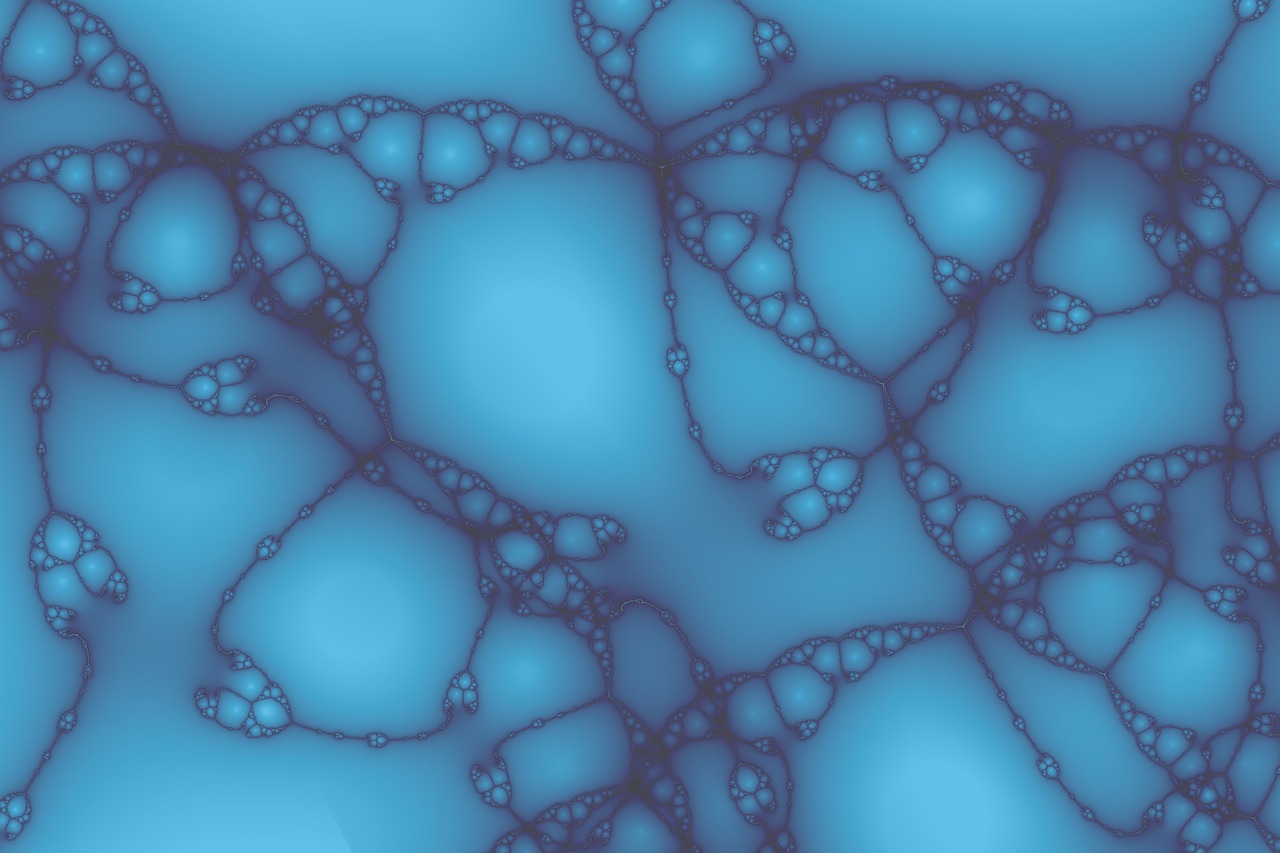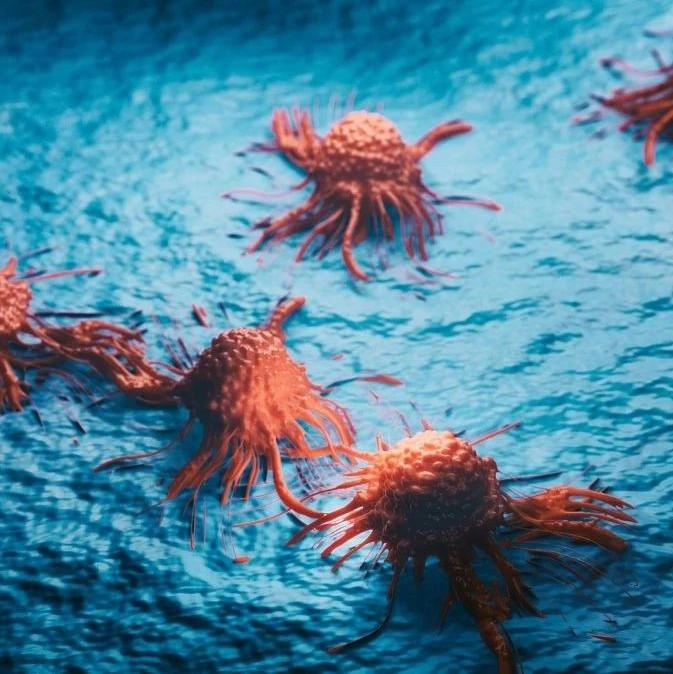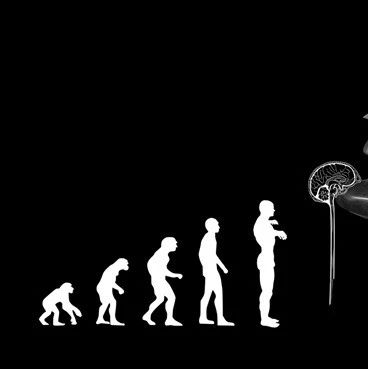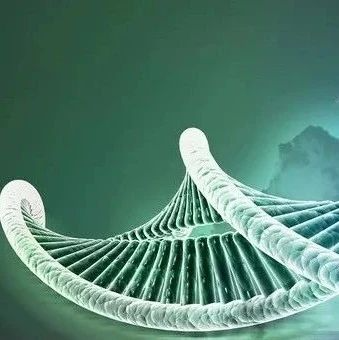导读:皮肤下面的感觉神经能探测压力、疼痛、热、冷及其他刺激,人们一直在研究与这些感觉路径相关的特殊蛋白质。斯克里普斯研究院科学家称,他们发现了一族能探测“疼痛触觉”的蛋白质,并首次证明了压力族蛋白的一种特殊生理功能。
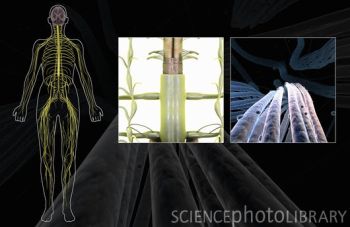
皮肤下面的感觉神经能探测压力、疼痛、热、冷及其他刺激,人们一直在研究与这些感觉路径相关的特殊蛋白质。据美国物理学家组织网等媒体报道,斯克里普斯研究院科学家称,他们发现了一族能探测“疼痛触觉”的蛋白质,并首次证明了压力族蛋白的一种特殊生理功能。相关的两篇论文发表在近日出版的《自然》杂志上。
细胞感受刺激是通过其外膜上专门的“离子通道”来实现的。受到某种刺激时,对这种刺激敏感的离子通道蛋白就会开放,允许钙、钠或钾离子从细胞外液体进入细胞内。当细胞膜被扭曲超过一定界限时,嵌在膜上的能感受机械压力的离子通道就会开放,形成电流引发细胞内的其他信号,如感觉神经元就会发出神经脉冲,由大脑负责分辨、解释这些神经脉冲是触觉还是其他类型的感觉。
两年前,研究人员在小鼠体内发现了两种具有力传导性质的功能蛋白——压力1号(piezo1)和压力2号(piezo2),施加压力时其能将带正电离子“拉入”细胞中,但它们和已知的离子通道蛋白有很大不同。第一篇论文中,他们证实了这两种蛋白确实是必需的离子通道蛋白,但只是一个大蛋白质家族中的亚成员。论文领导作者波特兰·科斯特说,压力蛋白是一族由4个成员组成的“四聚”复合体,是迄今发现的最大质膜离子通道。
第二篇论文中,研究人员利用基因技术培养了一系列不表达果蝇压力基因dpiezo的果蝇,发现它们的幼虫尽管对热、温和压力等其他类刺激表现出正常的反应,却对机械刺激严重缺乏反应,而机械刺激可产生疼痛信号。他们又通过基因抑制技术,阻断了果蝇特定感觉神经元中dpiezo的表达,结果也出现了这种反应缺失。最后他们让那些天生缺乏dpiezo基因的果蝇幼虫表达了dpiezo基因后,它们对强压力显出了正常反应。
“几十年来,科学家一直在寻找哺乳动物中的压力—传导离子通道蛋白,压力蛋白piezo是最有可能的候选。”斯克里普斯研究院多里斯神经科学中心和细胞生物学院教授阿德姆·帕特伯蒂安说,新研究为此提供了证据,未来还将进一步研究压力蛋白在感受声音、血压、细胞膜挤压或拉伸等刺激方面的功能。“今后几年,我们将探测所有这些生物过程,以及压力蛋白在疾病中的作用。”

Piezo proteins are pore-forming subunits of mechanically activated channels
Bertrand Coste, Bailong Xiao, Jose S. Santos, Ruhma Syeda, Jörg Grandl, Kathryn S. Spencer, Sung Eun Kim, Manuela Schmidt, Jayanti Mathur, Adrienne E. Dubin, Mauricio Montal & Ardem Patapoutian
Mechanotransduction has an important role in physiology. Biological processes including sensing touch and sound waves require as-yet-unidentified cation channels that detect pressure. Mouse Piezo1 (MmPiezo1) and MmPiezo2 (also called Fam38a and Fam38b, respectively) induce mechanically activated cationic currents in cells; however, it is unknown whether Piezo proteins are pore-forming ion channels or modulate ion channels. Here we show that Drosophila melanogaster Piezo (DmPiezo, also called CG8486) also induces mechanically activated currents in cells, but through channels with remarkably distinct pore properties including sensitivity to the pore blocker ruthenium red and single channel conductances. MmPiezo1 assembles as a ~1.2-million-dalton homo-oligomer, with no evidence of other proteins in this complex. Purified MmPiezo1 reconstituted into asymmetric lipid bilayers and liposomes forms ruthenium-red-sensitive ion channels. These data demonstrate that Piezo proteins are an evolutionarily conserved ion channel family involved in mechanotransduction.
文献链接:https://www.nature.com/nature/journal/vaop/ncurrent/full/nature10812.html

The role of Drosophila Piezo in mechanical nociception
Sung Eun Kim, Bertrand Coste, Abhishek Chadha, Boaz Cook & Ardem Patapoutian
Transduction of mechanical stimuli by receptor cells is essential for senses such as hearing, touch and pain. Ion channels have a role in neuronal mechanotransduction in invertebrates1; however, functional conservation of these ion channels in mammalian mechanotransduction is not observed. For example, no mechanoreceptor potential C (NOMPC), a member of transient receptor potential (TRP) ion channel family, acts as a mechanotransducer in Drosophila melanogaster and Caenorhabditis elegans; however, it has no orthologues in mammals. Degenerin/epithelial sodium channel (DEG/ENaC) family members are mechanotransducers in C. elegans and potentially in D. melanogaster; however, a direct role of its mammalian homologues in sensing mechanical force has not been shown. Recently, Piezo1 (also known as Fam38a) and Piezo2 (also known as Fam38b) were identified as components of mechanically activated channels in mammals. The Piezo family are evolutionarily conserved transmembrane proteins. It is unknown whether they function in mechanical sensing in vivo and, if they do, which mechanosensory modalities they mediate. Here we study the physiological role of the single Piezo member in D. melanogaster (Dmpiezo; also known as CG8486). Dmpiezo expression in human cells induces mechanically activated currents, similar to its mammalian counterparts. Behavioural responses to noxious mechanical stimuli were severely reduced in Dmpiezo knockout larvae, whereas responses to another noxious stimulus or touch were not affected. Knocking down Dmpiezo in sensory neurons that mediate nociception and express the DEG/ENaC ion channel pickpocket (ppk) was sufficient to impair responses to noxious mechanical stimuli. Furthermore, expression of Dmpiezo in these same neurons rescued the phenotype of the constitutive Dmpiezo knockout larvae. Accordingly, electrophysiological recordings from ppk-positive neurons revealed a Dmpiezo-dependent, mechanically activated current. Finally, we found that Dmpiezo and ppk function in parallel pathways in ppk-positive cells, and that mechanical nociception is abolished in the absence of both channels. These data demonstrate the physiological relevance of the Piezo family in mechanotransduction in vivo, supporting a role of Piezo proteins in mechanosensory nociception.
文献链接:https://www.nature.com/nature/journal/vaop/ncurrent/full/nature10801.html



